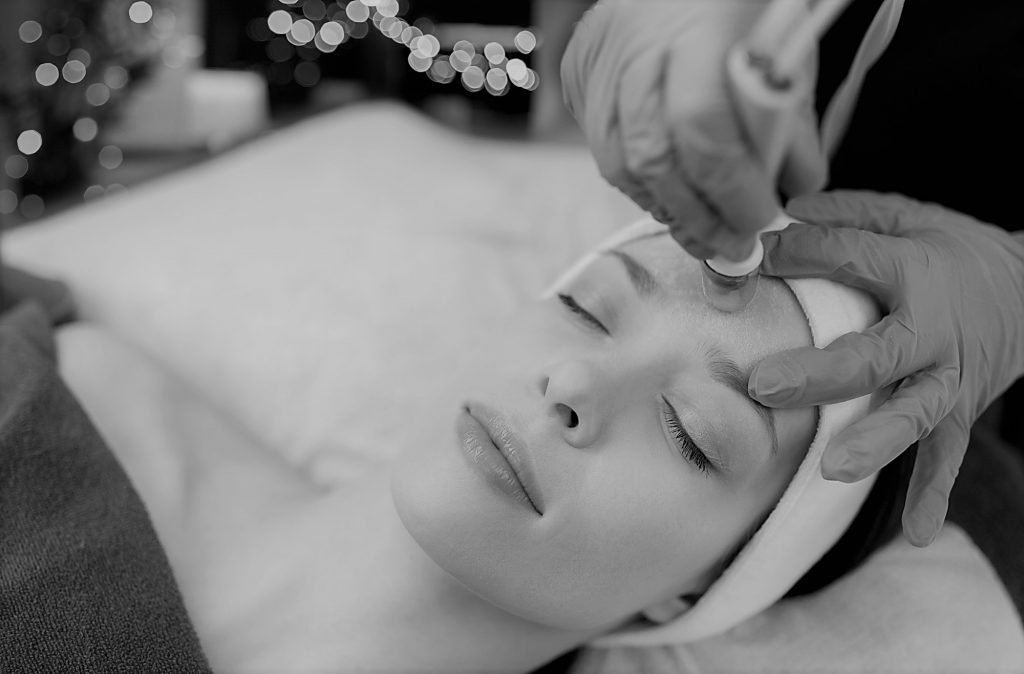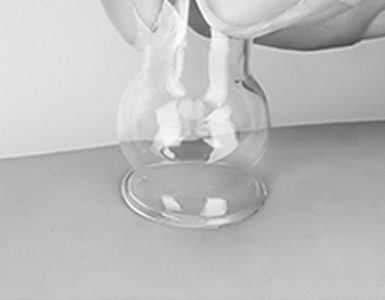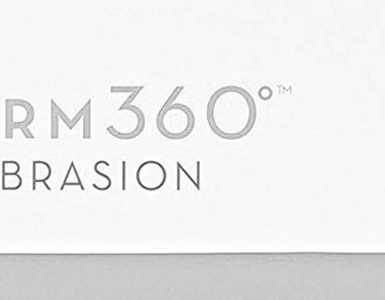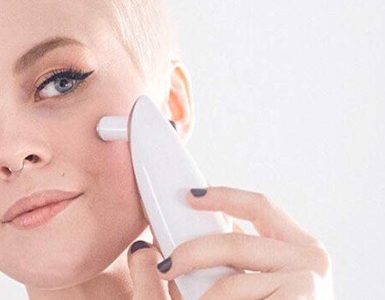Like any other procedure, microdermabrasion carries some risks, especially if you fall into the hands of someone without professional or specialized knowledge in the field of dermatology.
The greatest risk of microdermabrasion is if the procedure is performed in an unclean environment. This can lead to severe infections, which may have a long term impact on appearance. There are also significant risks if the instrument used for the procedure is not clean after the previous use on another patient.
It is also important that the microdermabrasion specialist is familiar with the procedure, because if the tool uses higher settings, it may result in damaging the skin surface and subsequent complications.
However, all these risks are minimal if you visit a dermatologist who has experience in skin resurfacing.
The microdermabrasion facial procedure is considered a safe, non-surgical intervention, often referred to as a “beauty session during lunch break”, which provides many benefits:
- Reduces or eliminates the fine lines of the face, wrinkles and other signs of aging;
- Improves the appearance of acne scars and other mild scars, giving the skin a fresh, healthy appearance.
- Boosts blood circulation
- Stimulates skin cell renewal
- Causes minimal or no side effects
- Uses a non-allergenic crystal or diamond tips or nozzles to treat the skin, it is excellent for treating skin that is sensitive to chemicals.
- doesn’t pose any serious risks when performed by a qualified therapist
The procedure
During microdermabrasion therapy, the therapist treats the skin of the patient with a special machine with a handle, whose head is covered with microparticles (the best option is choosing diamond tip head, as it leaves no crystal particles on the skin surface), which exfoliates the skin. The gentle, yet deep skin peeling comes in a combination with a suction feature created by the microdermabrasion system, which aims to eliminate the dead skin cells, sebum, makeup residue, and other contaminants.

Microdermabrasion helps produce firmer, healthier layers of skin; multiple therapies are necessary because this is how a newer layer of skin cells is created. The newly uncovered skin contains higher levels of collagen and elastin. Both components are essential for healthier and fresher-looking skin and will further help even out the overall complexion.
Approximately five to twelve procedures every two to three weeks are usually needed to obtain the complete benefits of microdermabrasion therapy. Convenient and almost painless, the microdermabrasion procedure only takes 30-40 minutes whether you have your own MDA machine or you’ve scheduled an appointment in a dermatologist’s office.
Is the procedure painful?
The microdermabrasion procedure exfoliates dead cells from the surface of the skin. Although not painful, the treatment can cause slight warming as the abrasive particles gently peel away old and damaged layers of the skin. At the end of the procedure, the exposed skin layer is usually more sensitive and requires additional sun protection. Applying moisturizing and soothing skin creams can also prevent potential irritation.
The proper aftercare is highly recommended after each session, no matter where it is performed. It will reduce both the recovery period and potential discomfort, associated with the skin resurfacing procedure
Recovery and effect
Microdermabrasion therapy is a comparatively quick procedure that can be performed in the cosmetic salon during our lunch break little or at in the comfort of your own home (if you own a microdermabrasion machine, intended for home use). The areas treated may be slightly red after procedure, but this side effect usually disappears within a few hours. You can put on makeup after treatment to cover up any visible redness, if available.
The results are among the most beneficial. Compared to most modern non-invasive procedures. However, keep in mind that lasting results are only achieved after a series of sessions, performed during an interval of several weeks.
What results can be expected?
The results of microdermabrasion are visible almost immediately. A single microdermabrasion session can improve skin color and overall complexion. After the treatment, the facial skin looks fresh and smooth, soft texture is uncovered.
However, the microdermabrasion system is most effective when the patient undergoes multiple procedures at intervals of two to three weeks.
Is microdermabrasion safe?
Yes. One of the most important advantages of microdermabrasion is its safety. This is a non-invasive procedure with minimal risks. When performed by an experienced professional, the microdermabrasion procedure can significantly improve the complexion without affecting the deeper layers of the skin.
If you prefer using your own microdermabrasion machine, you’ll need to carefully follow the instructions and safety tips in order to avoid potential skin reactions, while obtaining optimal results.
The main difference between at-home microdermabrasion machines and the ones used in professional salons is the intensity of the treatment. Salon treatments provide more visible effects but cost a lot more (ranging from $80 to $300 for a single session), compared to the one-time purchase of a semi-professional at-home device (for $60 to $300 for unlimited treatments).
What are the side effects?
The normal side effects associated with this therapy are increased skin sensitivity and the risk of sunburn. However, these side effects are usually mild and short-term. The risks are minimal, but problems such as infections can occur if treatment is not properly performed, which you can avoid by using clean, sterile equipment.
You can also avoid all side effects of the procedure by providing optimal aftercare for your skin – using moisturizing and sun-protecting products.





Add comment